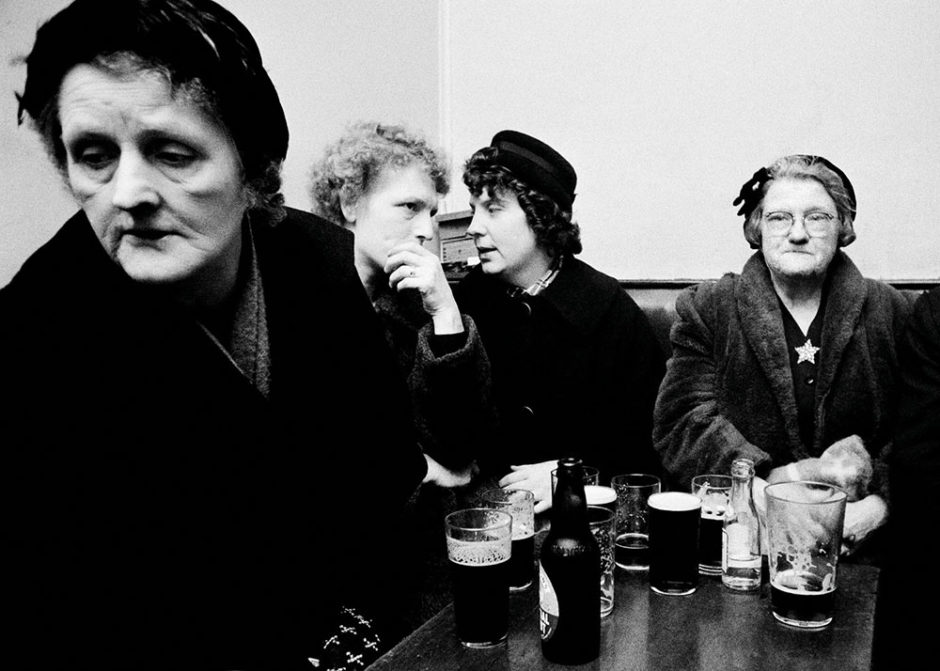JOHN BULMER: CHRONICLER OF BLACK COUNTRY LIFE
It was the early 1960s when documentarian and Sunday Times photographer John Bulmer set out to chronicle life in the then grey and bleak Black Country. Inspired by Henri Cartier-Bresson’s ethic of understanding life through photography, John captured Dudley and the lifeblood of the region with all its unflinching beauty.
When did you first know that you wanted to be a photographer?
As a schoolboy I was fascinated by mechanical things like Meccano, toy trains, etc, and then someone gave me a Box Brownie camera. To start with I was fascinated by the mechanics; I developed my pics and built an enlarger out of Meccano and old saucepans. Then I discovered the magic of the image and I was hooked.
Can you tell us about your process, and do you have any rules?
Look for the unusual, and remember your image needs to surprise and excite the viewer. There are no rules: the only sin is being boring.
What qualities made you want to photograph a subject and what were their reactions to being photographed?
I liked photographing people in relation to their environment. I wanted something that was a ‘Decisive Moment’ as Cartier-Bresson called it.
Did you ever find it difficult approaching your subjects?
Yes. I hated doing formal portraits, especially of famous people. I preferred catching people unawares in their environment. I would often talk to them afterwards, and it was rare that people were unhappy being photographed.
What is your favourite photograph that you’ve produced?
It’s hard to choose. The picture on the cover of my book The North is one. It catches a moment in time that says something about a place and an era.
Is there anything that you have learned about human nature through doing your photography?
Yes, a lot. My first job was working as a news photographer on the Daily Express. You had to be able to gatecrash a gangster’s funeral, or photograph royalty. It taught me to treat everyone as equal and fit in anywhere.
A large part of your collection documents Dudley and the Black Country, the Midlands and the North of England. What inspired you to photograph here?
This was because I was given the assignments. As I liked the people and got on well, which led to good pictures, I had more assignments in the North.
We’d love to talk about your Dudley work. Did you encounter any challenges whilst doing this series?
It was bleak and cold, but when I did find people to photograph they were welcoming and friendly. They were touched that I was interested in them, and did not feel that I was there to exploit them as some might feel now.
You are known as a pioneer of colour photography, but your work in the Black Country was black and white. Why was this?
This was because the magazines that commissioned me published in black and white. It was not till The Sunday Times started their colour magazine in 1963 that anyone published photojournalism in colour. They were the first in the world to do this. It was quite a challenge, as colour film was very slow and had poor latitude. I think the Black Country would have been very hard at that time.
Did you have any knowledge or connections to Dudley or the Black Country before hand?
No, I had never been there.
How did you get on with the accents?
I did not have a problem communicating with them.
What are the lasting memories that stay with you from Dudley and the Black Country?
I felt it was exotic in the way darkest Africa was exotic. There was wonderful imagery everywhere, and despite the fact that it was cold and dark the people were very welcoming. It was physically hard but very rewarding, and I felt I have taken some of my best pictures on that assignment.










